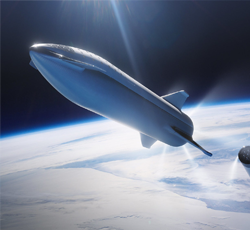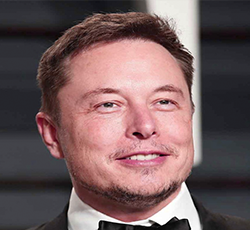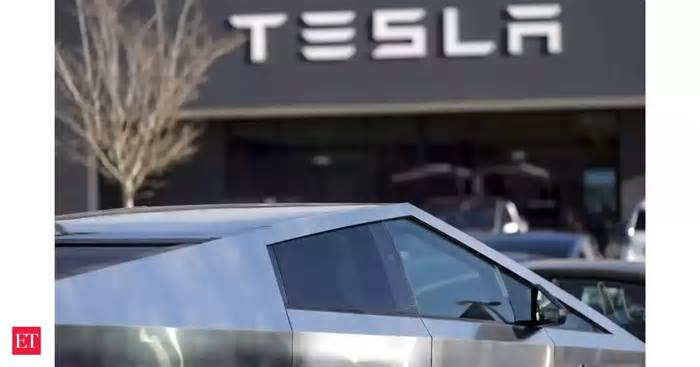
Tesla Model S review: Subtle changes mean big things for Tesla's ... - CNET
- by CNET
- Jul 01, 2019
- 0 Comments
- 0 Likes Flag 0 Of 5

The drive
OK, all that's great, but how does the thing drive? Remarkably well, I'm happy to report. The Model S has always been a bit of a rocketship and it still very much is. The scoot to 60 in 3.7 seconds is impressive, but as ever with EVs it doesn't tell the story of how quick the car feels. Being able to squirt your way up to speed at any time with just a flick of your right ankle is addictive -- though not good for your range.
So that aspect of the Model S hasn't changed, but the handling has, and for the better. The Model S was always a comfortable car and a reasonably capable handler, but it never really felt comfortable being pushed. It could hold a nice line through a corner at speed, but hit a bump or try to change directions quickly and things would start to fall apart.
The new suspension and tires offer both substantially improved ride quality as well as more rewarding handling.
That's not the case any longer. The new suspension and tires offer both substantially improved ride quality as well as more rewarding handling. It's a pretty remarkable transformation given the platform hasn't changed, just the components bolted to it, but those components conspire to make a car that, though big and heavy, is legitimately engaging.
But there's one fly in the ointment that I never noticed in previous iterations of the Model S, and that's torque steer. Though nowhere near as bad as, say, a Mazdaspeed 3 or Saab 9-3 Viggen or any forearm-testing, front-wheel-drive car of yore, I did have to keep a firm grip on the wheel when accelerating hard. This was especially true in the rain. I've driven many flavors of the Model S over the years and never noticed this foible before, so I'm inclined to point the finger at the increased torque from that new motor. However, it could just as easily be due to a change in wheel offset or some other geometry change. Either way, I wouldn't be surprised if Tesla finds some way to fix this via software update. It wouldn't be the first time.
And what about that fabled range? For my testing I covered 379 miles and "burned" 109.6 kWh of charge. Given the 100 kWh pack, that gives a theoretical maximum range of 348 miles -- which of course is impossible given you don't actually have access to the full pack. Regardless, my testing included numerous acceleration tests and a fair bit of… well, let's call it brisk driving.
For the last 180 of those miles I just drove the car in a normal way, not hypermiling and not avoiding the highway, but not launching at every traffic light, either. Given the consumption over that period the car indicated a theoretical maximum range of 382 miles. In other words, I have no doubt that 370 mile EPA rating is realistic. And, of course, impressive.
Competition and pricing
The Model S's stiffest competition comes from in-house, in the form of its sibling the Model 3 Long Range. For $49,900, plus $1,125 delivery, you get a smaller but still comfortable sedan that'll do 310 miles on a charge and get to 60 in 4.4 seconds. But if performance is what you want, another $10,000 gets you into the Performance trim, dropping that down to 3.2 seconds. If you need help deciding on whats right for you, our handy
Tesla buyers guide
Please first to comment
Related Post
Stay Connected
Tweets by elonmuskTo get the latest tweets please make sure you are logged in on X on this browser.






 Energy
Energy


















